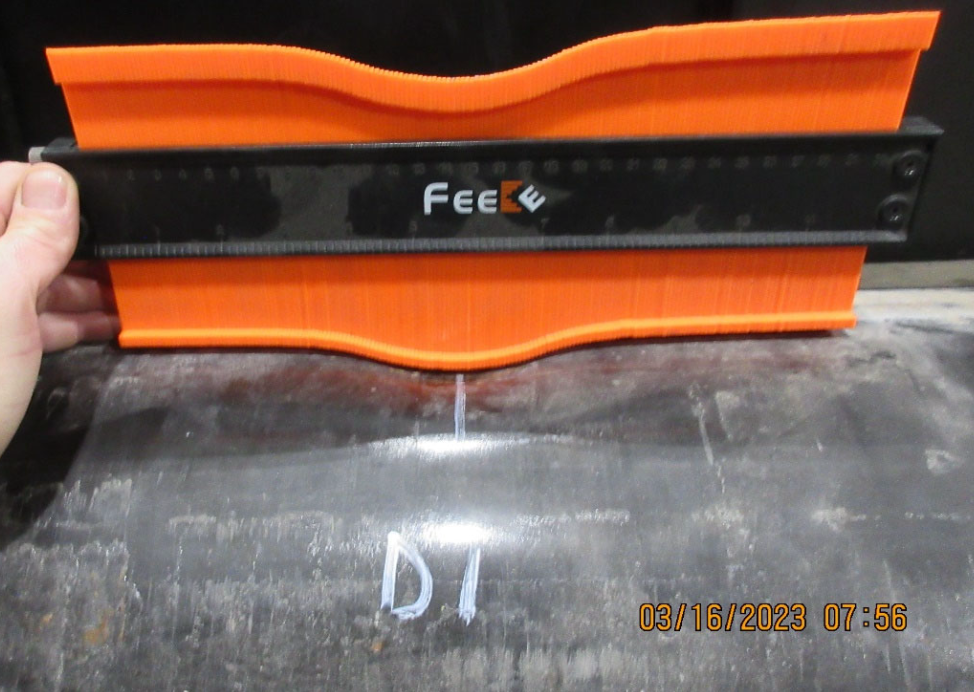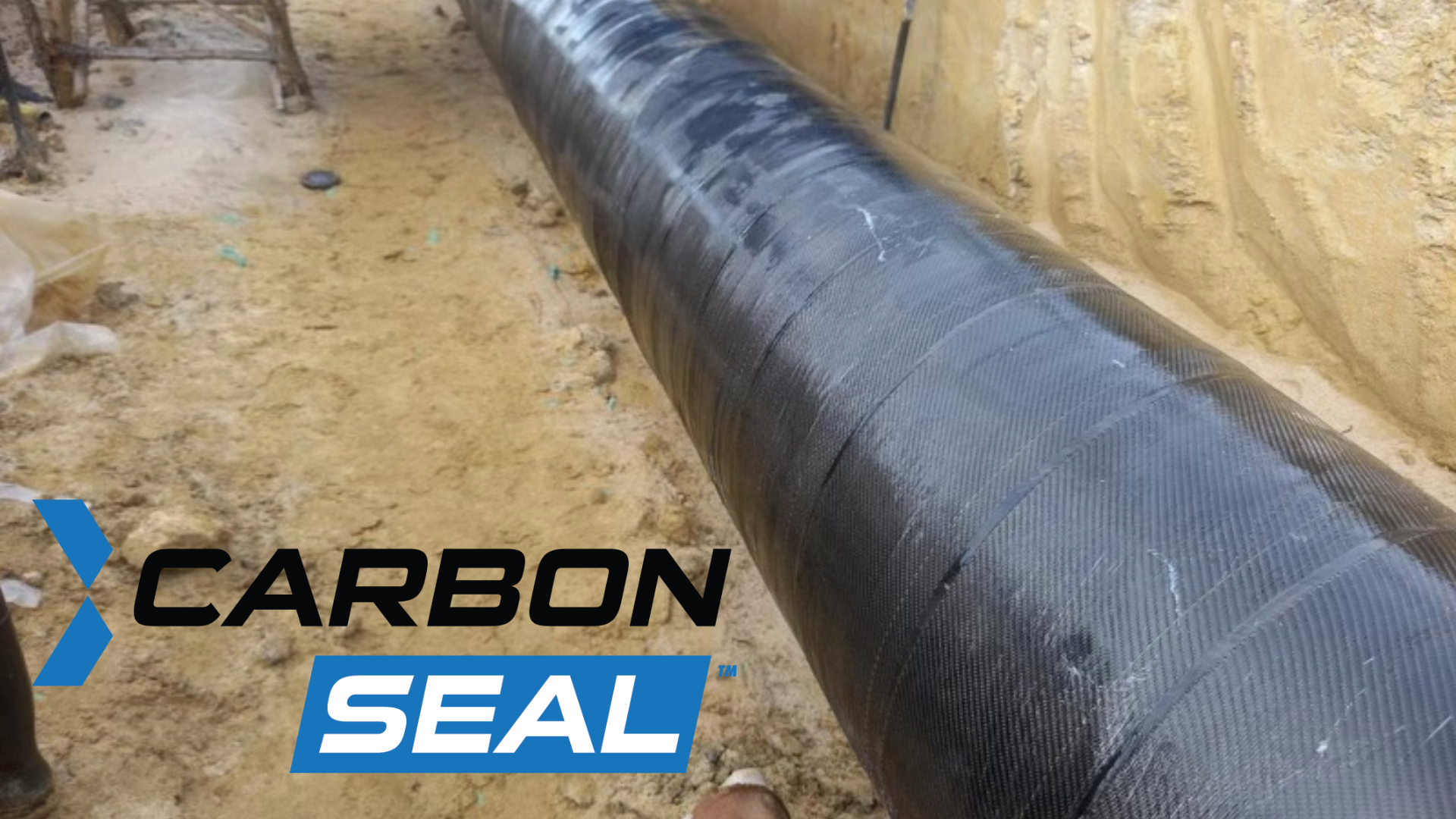The Nacimiento Water Project, hailed as "the savior of many local communities' diminishing water resources," is a $176 million initiative aimed at bolstering water supplies for five communities in San Luis Obispo County, California. This monumental project encompasses a 45-mile water pipeline designed to transport water from Nacimiento Lake to Atascadero, Cayucos, Paso Robles, San Luis Obispo, and parts of Templeton. The construction of this pipeline was completed in 2010. However, since its installation, the pipeline has experienced three shutdowns due to leaks, dents, and structural issues. The most recent shutdown, which occurred in June of this year, has left all five communities without water from this source for most of the summer.
The decision to shut down the pipeline came after county workers observed water seeping onto an access road near the Nacimiento River. San Luis Obispo County enlisted the services of excavators and divers who dug 20 feet underground and cut into the 30-inch diameter pipeline, using a video camera to identify the source of the leak. Even after patching the initial leak, the pipe failed a subsequent pressure test, leading investigators to search for more sources of leakage. They discovered at least five more cracks in the pipeline. The cause of these cracks remains undetermined, with authorities considering three possibilities: faulty construction materials, issues with the welds, or damage incurred during installation. Investigations are currently ongoing, but county officials have found a temporary repair solution to restore the pipeline while they determine a more permanent fix. Since July 2014, the county has allocated $134,000 for emergency contract work to investigate the issue. Currently, the leaks are minor and not causing significant problems. Furthermore, any leaked water goes directly into the Paso Robles Groundwater Basin.
While the pipeline was promoted as the "largest public works project ever," designed to provide millions of gallons of drinking water to the communities, these repeated shutdowns have left communities without the additional water supply they were promised. Given California's ongoing drought, this water is crucial. Nevertheless, as the lake is just one of several water sources for the area, County District Supervisor Frank Meacham is more concerned about water supplies for the next year's drought: "the concern is going into the next year, and if there's another year of drought, will we have enough water at that point?" Prior to the June shutdown, the city was using the pipeline's water allocations to recharge wells, filtering lake water into pooling systems on top of the Salinas riverbed to offset summer shortages. The inability to follow this process this summer, combined with a significant drop in the lake's water level, has raised concerns among Meacham and others.
This latest leak is yet another setback for the pipeline since its inception. During construction, three pipeline workers lost their lives in two separate incidents. In August 2010, a section at the pipeline's intake site at Nacimiento Lake collapsed, leading to an eight-month shutdown shortly after its completion. Later, the pipeline was shut down again due to a dent and subsequent rupture in a segment near Santa Margarita. Clearly, the project requires a permanent and dependable solution to prevent further shutdowns.
HJ3 can provide that solution. Our patented carbon fiber has successfully repaired thousands of feet of pipeline, often in emergency repair situations. Furthermore, our systems meet NSF 61 standards for potable water, ensuring their safety and reliability. Once applied, HJ3's systems are resistant to corrosion and chemicals, requiring no future maintenance or excavation. They are quick and easy to install. For instance, in another California county, HJ3 was called upon to repair a steel drinking water pipe that had corroded to the point of developing through-holes. Instead of replacing the entire section of the pipe, HJ3's Civil™ system effectively repaired the degraded pipe in just a few hours.
In Miami, HJ3's Civil™ system successfully repaired over 750 linear feet of corroded PCCP in only three days, saving the city $1 million compared to the cost of replacing the damaged pipe. Additionally, repairing water pipelines rather than replacing them conserves hundreds of thousands of gallons of water, reduces carbon dioxide emissions, and minimizes the use of steel and concrete, reducing waste in landfills.
For more information about HJ3's Civil™ systems and how they can repair problematic pipelines, please contact us today at info@hj3.com.



.png)
